Raise your glass and toast to the delightful effervescence of Champagne, a sparkling beverage that has long been synonymous with celebration and indulgence. While we often relish its elegant taste and luxurious bubbles, have you ever wondered about the caloric content of this beloved drink? Whether you are looking to keep an eye on your waistline or simply curious about what lies beneath those tiny bubbles, this article will unveil the truth behind how many calories are in a glass of Champagne.
So let’s pop open the bottle, delve into the world of bubbly, and explore how those tempting sips may affect our calorie intake.
What factors affect the calorie content of Champagne?
The calorie content of Champagne is affected by several factors that may surprise you. Firstly, the sweetness level of the champagne plays a significant role in its calorie count. The drier the champagne, the lower the calorie content, as less sugar is added during the production process. In contrast, sweeter champagnes can contain more calories due to higher sugar levels.
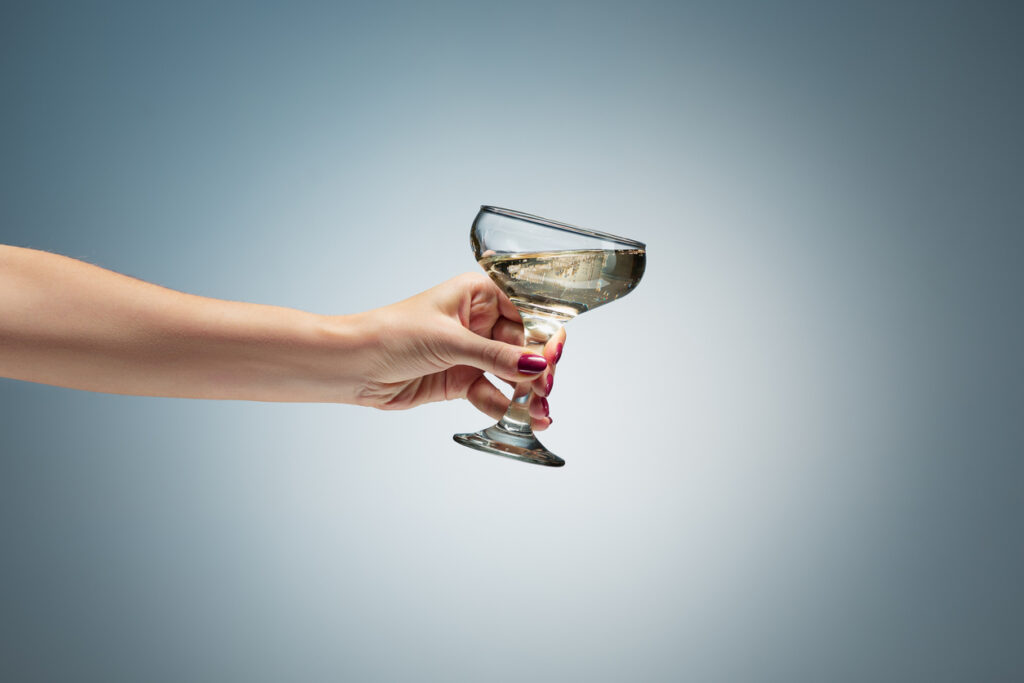
Vintage vs. non-Vintage Champagne
Secondly, vintage champagnes tend to have a slightly higher calorie content compared to non-vintage ones. This is because vintage champagnes are produced from grapes harvested in a single year when they are riper and contain more natural sugars. These sugars then convert into alcohol during fermentation, ultimately increasing the overall calorie count.
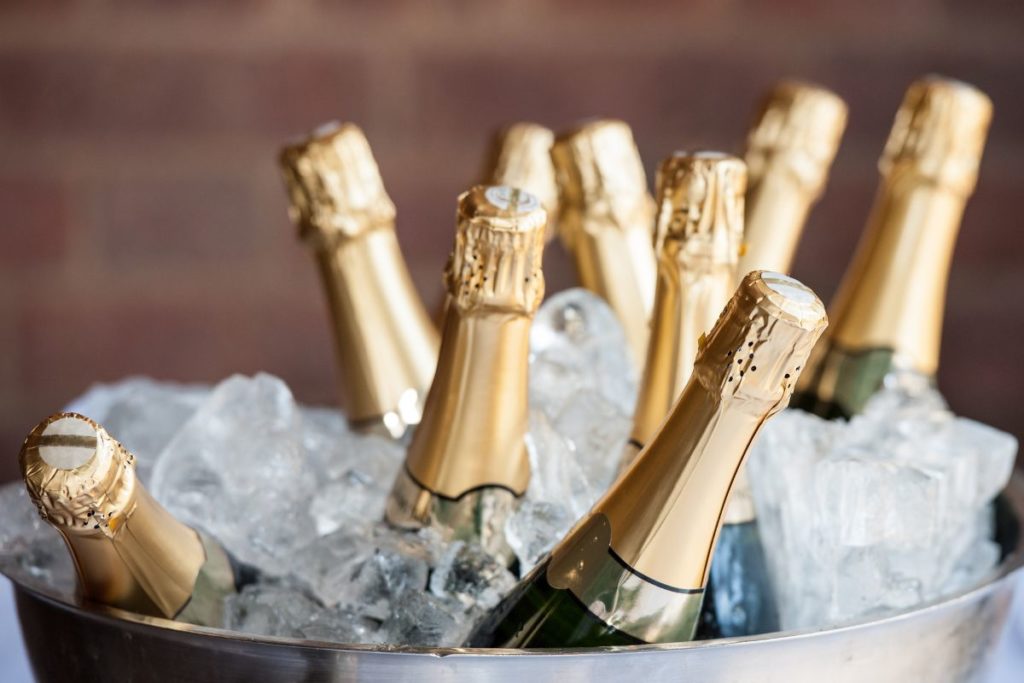
Lastly, serving size affects how many calories you consume in a glass of champagne. While it’s tempting to fill your flute to the brim for celebrations or special occasions, keep in mind that larger servings will naturally contain more calories. It’s worth noting that on average, a standard serving of Champagne is about 4 ounces or 120 milliliters.
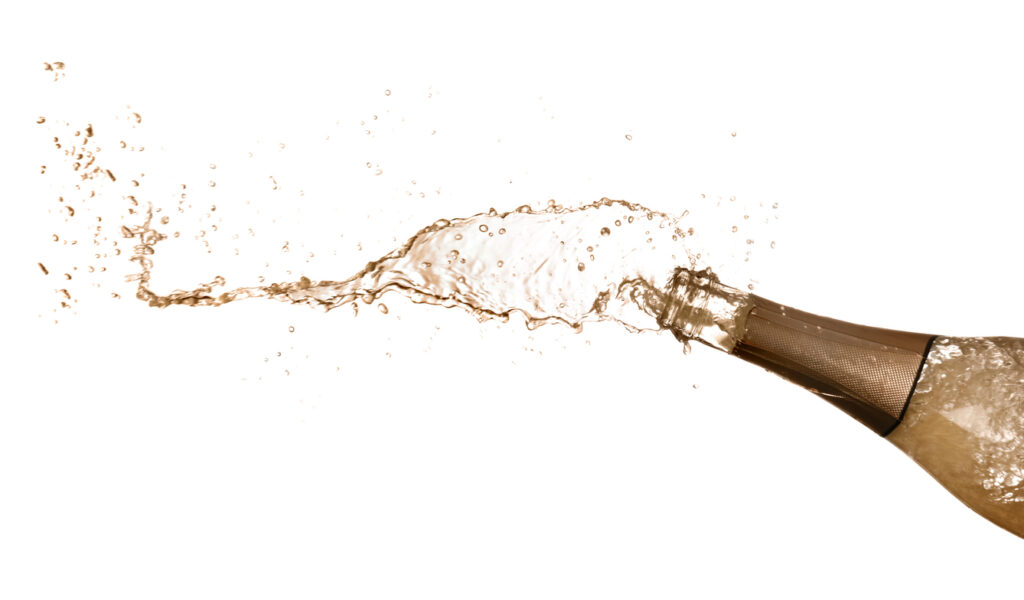
Understanding these factors will allow you to make informed choices when it comes to enjoying champagne without worrying too much about your waistline. Opting for drier champagnes or smaller servings can help reduce your caloric intake while still savoring every bubble-filled sip of this luxurious drink. Remember that moderation is key – balance out indulgence with mindful consumption!
The average calorie count in a glass of Champagne
Champagne is often associated with special occasions and celebrations. Whether you’re toasting a promotion or ringing in the New Year, it’s helpful to know just how many calories are in that glass of bubbly. Surprisingly, champagne is relatively low on the calorie scale compared to other alcoholic beverages. One 4-ounce serving contains around 90-100 calories, making it a healthier choice for those watching their waistlines.
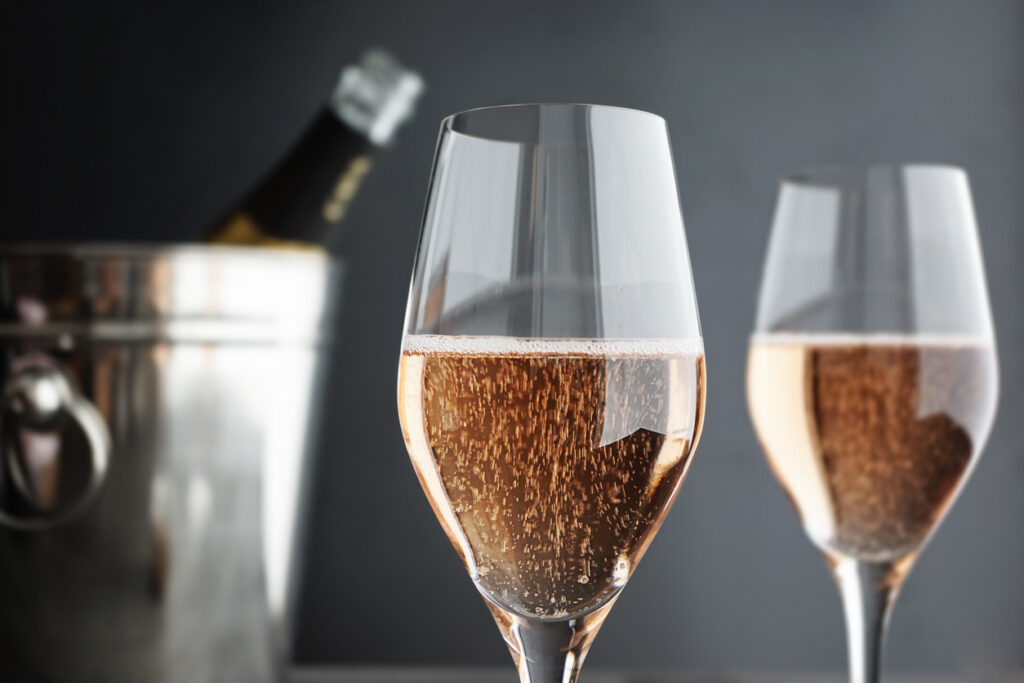
But what makes champagne different from other alcoholic drinks? The answer lies in its production process. Champagne undergoes a double fermentation where both yeast and sugar are added to the bottle. This unique method results in a lower alcohol content, which translates into fewer calories per serving. Additionally, champagne contains fewer carbohydrates compared to beer or mixed drinks typically made with sugary mixers.
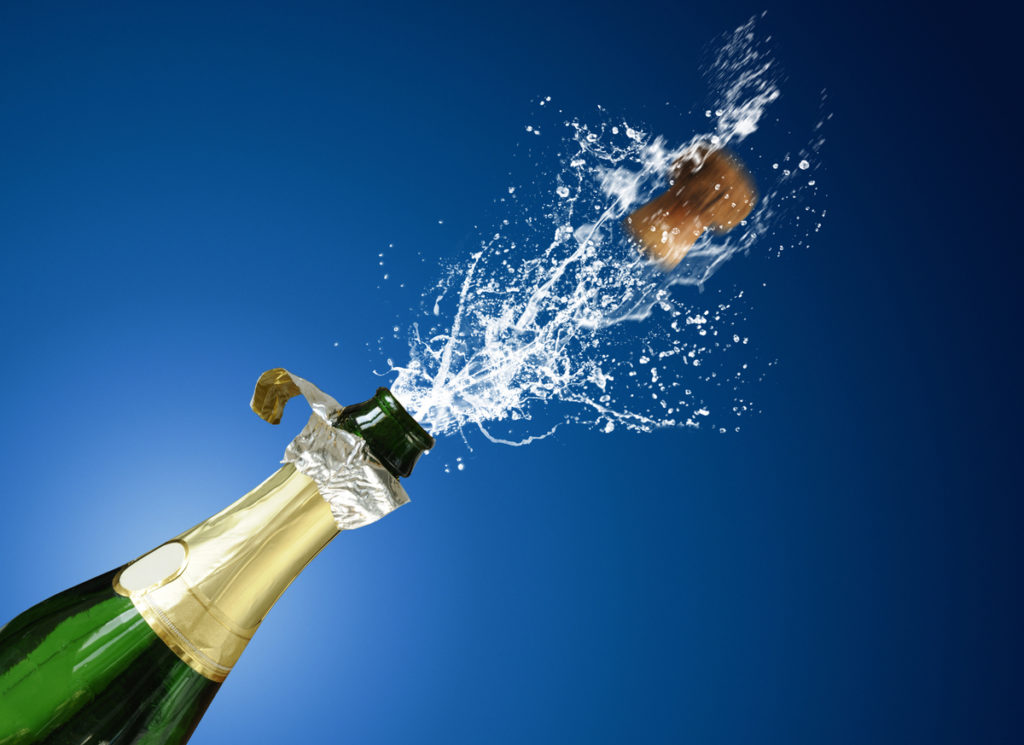
For health-conscious individuals looking to indulge without overdoing it, choosing champagne as your beverage of choice can be a smart move. Its bubbly nature can make you feel more satisfied and help quench your thirst faster than still wines or spirits—another advantage when trying to consume fewer calories overall. So next time you raise a glass of sparkling wine, rest assured knowing that you’re enjoying an elegant drink with only a modest calorie count.
Champagne with the least calories per glass
If you’re watching your calorie intake but still want to enjoy a glass of champagne, fret not! There are options available that won’t derail your diet. One low-calorie option is Champagne Brut Nature, also known as zero dosage champagne. With no added sugar during the fermentation process, this style of champagne typically has around 65-85 calories per glass. The lack of additional sweetness may result in a drier taste profile, but it’s a small trade-off for those looking to indulge without guilt.
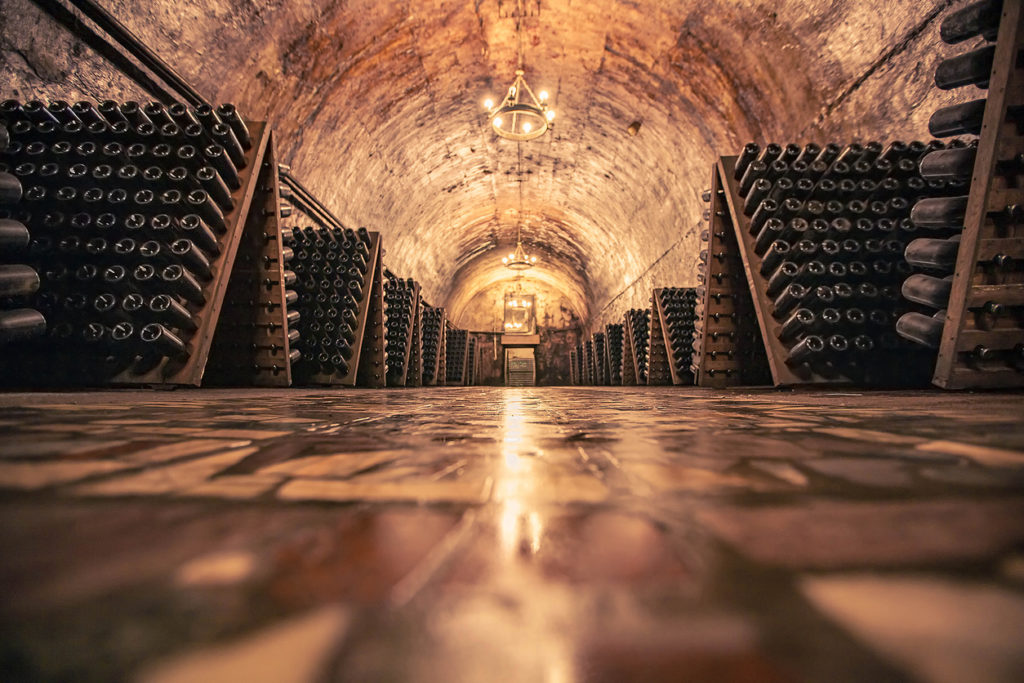
Another low-calorie choice is Champagne Extra Brut. Similar to Brut Nature, Extra Brut champagnes have little to no added sugar and come in at around 70-90 calories per glass. These wines offer a crisp and refreshing flavor profile while still providing the effervescence and elegance that makes champagne so beloved. So next time you’re reaching for that celebratory bubbly, opt for one of these lower calorie options – your waistline will thank you!
How many calories per bottle of Champagne?
When it comes to celebrating special occasions or simply indulging in a glass of bubbly, champagne is often the drink of choice. But have you ever stopped to wonder how many calories are lurking within that bottle? The answer may surprise you.
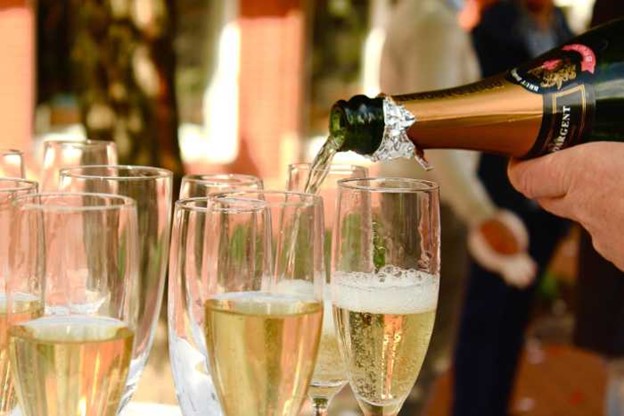
On average, a standard 750ml bottle of champagne contains around 600-800 calories. However, it’s important to note that not all champagnes are created equal in terms of calorie content. The sweetness level can play a significant role, with sweeter champagnes typically having higher calorie counts due to the added sugars.
If you choose an Extra Brut or Brut Nature Champagne your bottle of Champagne contains just 490-650 calories!
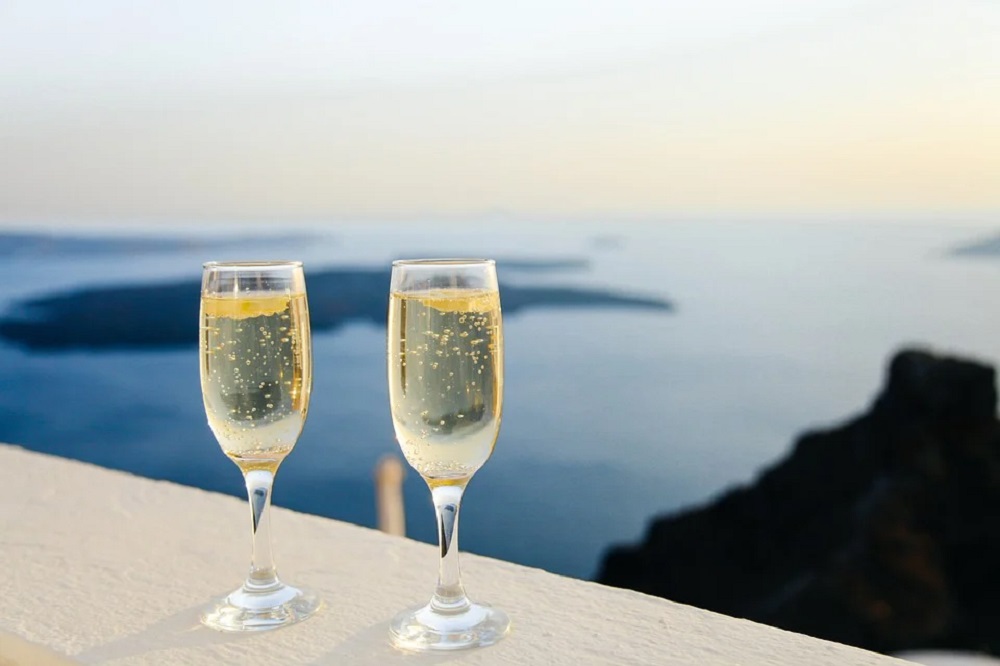
But don’t let this discourage you from enjoying your favorite sparkling beverage! Champagne is relatively lower in calories compared to other alcoholic beverages like cocktails or beer. Plus, sipping on some bubbles can actually benefit your health in moderation. Champagne is known for its high antioxidant content and potential cardiovascular benefits thanks to the grapes used and the fermentation process.
Conclusion: Understanding the calorie content of Champagne.
In conclusion, the number of calories in a bottle of Champagne can vary depending on the brand and style. On average, a standard 750ml bottle of Champagne contains approximately 570-700 calories. However, it is important to note that these calorie counts are for the entire bottle and not per serving. It is advised to consume Champagne in moderation and be mindful of its caloric content, especially if you are trying to manage your calorie intake. Remember, enjoying a glass or two of Champagne can still be part of a balanced lifestyle. So next time you raise your glass for a toast, savor the moment while being aware of the calories you are consuming.

